What’s Missing From the Technical Analysis of the Panama Papers
Although the year-long, concerted effort of hundreds of journalists is an admirable feat, their analysis may be overlooking crucial evidence involving corruption by Western corporations and billionaires. A CNN interview with Gerard Ryle, director of the International Consortium of Investigative Journalists. (Screenshot from CNN)
A CNN interview with Gerard Ryle, director of the International Consortium of Investigative Journalists. (Screenshot from CNN)
It sounds like something out of a new James Bond movie: Millions of secret files are shared through encrypted technology and secretly analyzed.
What have come to be called the Panama Papers, released from the Panama-based law firm Mossack Fonseca, reveal how the uber-wealthy around the world stash millions in tax havens. But one of the most surprising things about this leak isn’t the numbers themselves, although they’re staggering; it’s the success of the highly coordinated effort it took to release the documents. An anonymous whistleblower reached out to the German publication Süddeutsche Zeitung (SZ), eventually leading to a collaborative analysis by more than 100 different media outlets around the globe. Wired explains the technical difficulty of the secret global investigation, beginning when an anonymous source reached out to SZ reporter Bastian Obermayer:
[Obermayer] communicated with his source over a series of encrypted channels that they frequently changed, each time deleting all history from their prior exchange. He alludes to crypto apps like Signal and Threema, as well as PGP-encrypted email but declines to say specifically which method they used. Each time the reporter and source re-established a connection, they would use a known question and answer to reauthenticate each other. …
[D]evelopers then built a two-factor-authentication-protected search engine for the leaked documents, the URL for which they shared via encrypted email with scores of news outlets.
It’s astonishing that this secret effort wasn’t exposed while it was underway. After a year of careful investigation, the leak went live Sunday afternoon. Although SZ stated that it received 2.6 terabytes of data, the papers have not been released in their entirety. The International Consortium of Investigative Journalists (ICIJ), the coordinator of the leak, wants to keep it that way. “We’re not WikiLeaks. We’re trying to show that journalism can be done responsibly,” ICIJ Director Gerard Ryle told Wired.
And yet, as Truthdig has pointed out, Western corporate media was the main vehicle of the release. Craig Murray explains that the main searches done in the ICIJ-created database have been for names connected with potential violations of United Nations sanctions. “The filtering of this Mossack Fonseca information by the corporate media follows a direct western governmental agenda,” Murray writes. “There is no mention at all of use of Mossack Fonseca by massive western corporations or western billionaires—the main customers.” The secret effort behind “the biggest leak in history” is admirable, but reporters may not have covered every angle. Perhaps, if the full documents were released to the public, additional analysis would expose Mossack Fonseca’s wealthy Western clientele.
–Posted by Emma Niles
Your support matters…Independent journalism is under threat and overshadowed by heavily funded mainstream media.
You can help level the playing field. Become a member.
Your tax-deductible contribution keeps us digging beneath the headlines to give you thought-provoking, investigative reporting and analysis that unearths what's really happening- without compromise.
Give today to support our courageous, independent journalists.

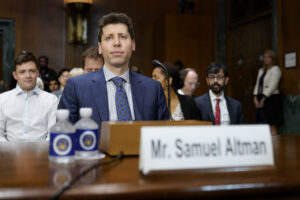
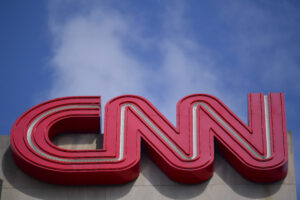
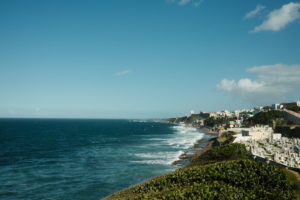
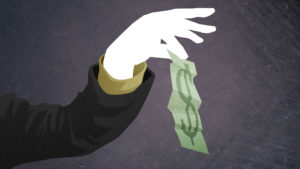
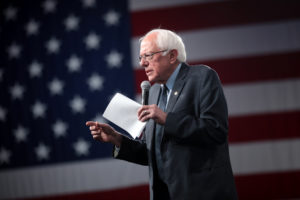
You need to be a supporter to comment.
There are currently no responses to this article.
Be the first to respond.